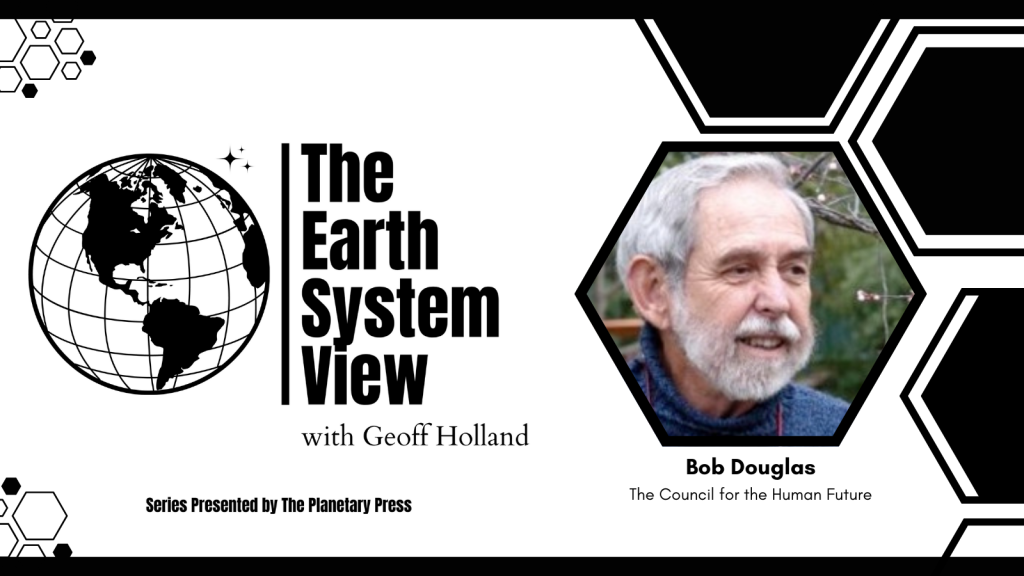
Bob Douglas is a retired Australian Medical Public Health Academic. He has spent much of the past 24 years, since his retirement, contemplating the future of humanity and the dangers and possibilities facing his children and future generations. In recent years he has become part of the Council of the Human Future based in Canberra, Australia that is focussed on prospects for The Human Future and a very big idea known as The Earth System Treaty.
Geoff Holland: When you look at the big picture of how humans live on Earth, what troubles you about what you see?
Bob Douglas: I have become deeply concerned about the likelihood of the collapse of human civilizations everywhere following discussions with fellow members of the Australian Council for the Human Future. We have been enlightened by the work and highly regarded multiple publications of Canberra science writer Julian Cribb and his detailed articulation of 10 interacting mega-threats to human survival. The climate change mega-threat is already having a profound impact everywhere, and it is not yet being adequately addressed. Furthermore, there are interactions between climate change and the other nine mega-threats that Cribb has overviewed in his latest book, “How to Fix a Broken Planet.”
There is absolutely no doubt in my mind that unless we can engineer an urgent global transformative change in the way we humans relate to nature, our own human species is, like many other species on our finite planet which are becoming extinct, doomed. I have also been very impressed by the 2023 Club of Rome report entitled “Earth for All. A Survival Guide for Humanity”, which, while also ventilating many of the concerns voiced by Cribb, draws attention to the gross inequities between many of the different human population groups around the world. Not only are we a threatened species, but we are also an intelligent species that is not yet taking the threats to our survival seriously. The evidence reveals quite clearly that, with the current size of the human population and its mode of inhabiting the planet, we are reducing the planet’s resources to a point where it will no longer be able to support us. And as a species, we are not yet beginning to understand or appreciate that fact.
So, for me, the challenge is to alert humans across the world about the profound threat to our human future and to identify ways in which we can ameliorate these interacting mega-threats. And all of them, in my view, are manageable if only humans everywhere become firstly aware of them and then active in changing the way we live and use the limited resources of our planetary home.
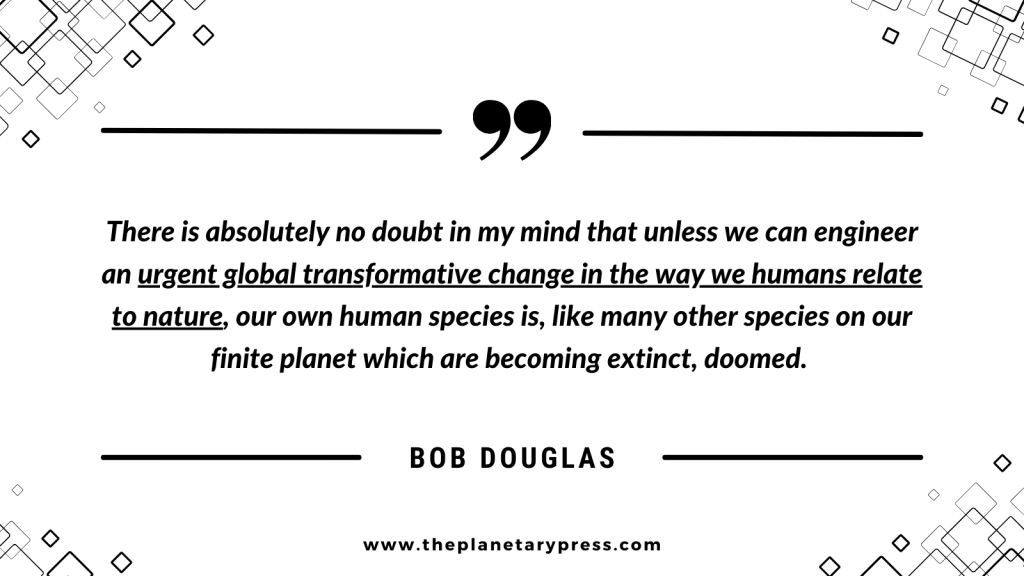
GH: Can you talk about the kind of fundamental human cultural transformation needed to ensure survival for future generations?
BD: I and other members of The Council for The Human Future are in accord with Julian Cribb, who has argued in his most recent book that among the tools needed for repairing the Earth is an Earth System Treaty, or EST. This would be a global accord, negotiated, signed, and ratified by all the countries of Earth under the auspices of the United Nations. Once declared, it should be available for voluntary signature by individual citizens, corporations, non-government bodies, and other groups, organizations, and agencies worldwide so that all may have a chance to affirm their commitment to the whole planet and the safe future that the treaty will provide for humans and other forms of life.
The concept behind the Treaty is that all signatory nations would bind themselves to accept its standards and promote them internally and to others. Above all, an EST will seek to keep human activity within safe boundaries, that are set by the operation of the Earth System itself. We are operating outside some of these boundaries at present. The challenge is clearly global, and its management must also be at the global level while involving all sectors of the global human population.
Obviously, such a treaty cannot be imposed from outside and must be discussed and developed with understanding and intent by all parties. Australia is well placed to help begin this process and to initiate discussion about it within the United Nations.
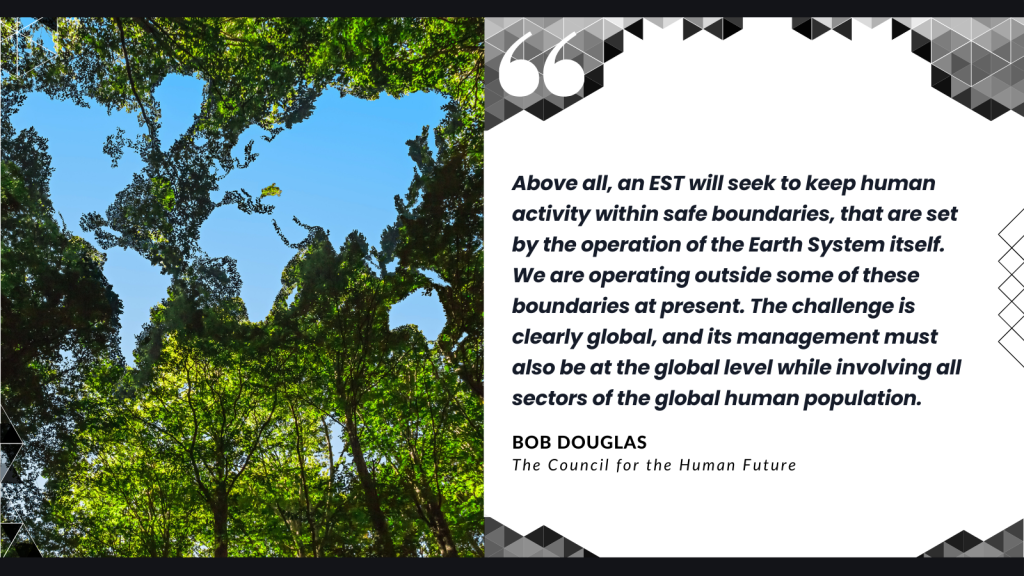
GH: More than a few humans are now engaged in activism designed to advance the welfare of women and the struggle for cultural fairness. Many others are focused on nature and on aspects of the environment, long subjected to human abuse. How do we get human concern and activism to embrace the big picture and the obligation to protect the indispensable natural systems we all depend on for survival?
BD: The seriousness of the threats we are all facing are diabolical, and most of us don’t like hearing about or discussing such matters, but the threat is very real and will not go away without coherent action that clearly must embrace worldwide transformative change in the way we manage human societies.
Although predicted for decades, the droughts, fires, and flooding rains that have accompanied the change in climate, brought about by human-produced greenhouse gas emissions, are now impacting profoundly many communities across Australia. Flood, fire, and food emergencies are dominating media concerns and the concerns of affected communities, not only here in Australia but in many other parts of the world as well. We must widely understand, in the population at large, the seriousness of the problems and their remediation if successful intervention is going to take place. That process of engaging communities in consideration of the threats facing their progeny and what can be done has barely commenced.
Australia could show the way forward to the rest of the world on this challenge, but we will not do so until our community understands the threats and is urging their political representatives to take remedial action. I consider that the issue would be best managed if Australian communities and their representatives could begin discussing the possibility of Australia placing an EST on the United Nations agenda.
One group that is attracting global recognition began in the United Kingdom in 2018 and calls itself “The Extinction Rebellion” (ER). Its stated aim is to use nonviolent civil disobedience to compel government action to avoid tipping points in the climate system, biodiversity loss, and the risk of social and ecological collapse. The group’s aim is to instill a sense of urgency in preventing further climate breakdown as well as the ongoing sixth mass extinction. A number of activists in the movement accept arrest and imprisonment.
Extinction Rebellion has been both widely applauded and deeply criticized for their activities, which range from traffic disruption to volunteers gluing themselves to famous pictures or buildings and generally disruptive activities aimed at drawing attention to themselves and their concern at the challenge of long-term human survival. Such groups are now active around the world, and their leaders are highly articulate about the magnitude of the threats that are now confronting us all.
The motive to avoid human extinction makes enormous sense. We need to suggest ways of doing so, and the thinking behind the EST is a helpful way forward.
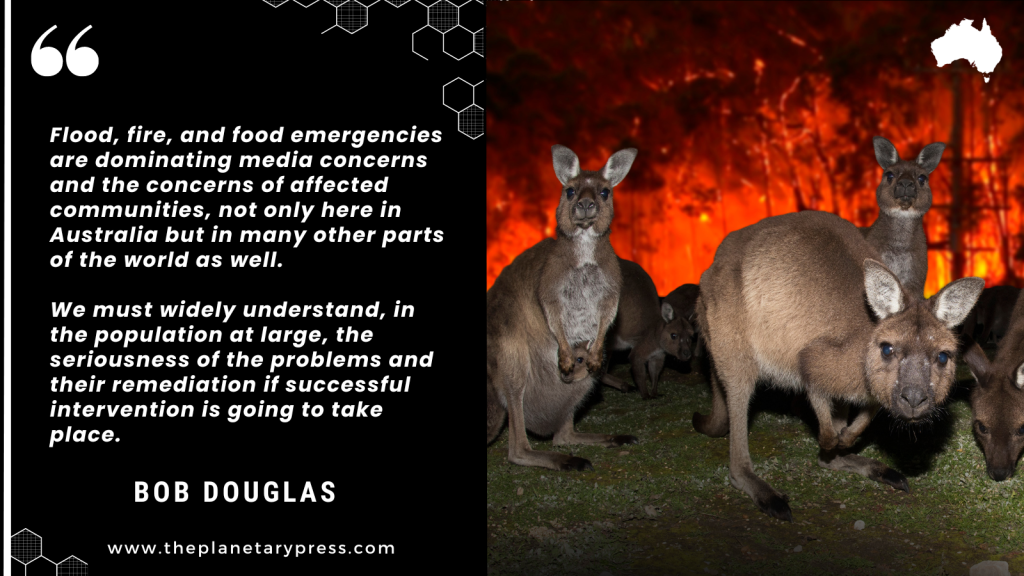
GH: You are on the Board of the Council for the Human Future. Your organization has now presented this very big idea called the Earth System Treaty. Your intent is to bring people around the world together behind the defining principles of the EST. What is it about this Treaty that gives it the potential to inspire a movement and that can bring humans across cultures together behind its legally binding principles?
BD: The attractive feature of the EST is its comprehensiveness and its absolute relevance to the challenge we all face. Of course, we cannot afford to underestimate its complexity nor the difficulty of marketing it to diverse populations around the world. But in my view, nothing less than this kind of approach will be enough to deal with the threat of extinction in the not-too-distant future. In order to set the process in motion, we must engage experts in communication, psychology, marketing, and action research to develop a campaign of transformative change.
I think the process could be initiated here in Australia, and especially in Canberra, by two local groups with which I have been closely associated. They are The Canberra Alliance for Participatory Democracy (CAPaD) and SEE-Change ACT. I have been engaged in discussions of these matters in both groups and together, they constitute an important starting point for what must ultimately become a global movement. I would be encouraging both groups to engage with politicians in the Australian Capital Territory (ACT), where an election of the 25 legislators in this unicameral government is going to take place on October 19, 2024.
My hope is that we could inject into the ACT parliamentary election a Territory-wide discussion of the need for and the merits of an Earth System Treaty. An advantage of the ACT is that it is also the home of the Australian national parliament, and news of action in the local parliament could potentially help to generate discussions in the federal parliament.
GH: The Earth System Treaty is designed as a set of legal principles, to which individual citizens on every continent can sign their names and embrace as a cross-cultural human commitment. Can that kind of grassroots focus become an earth-scale political movement, and can it lead to a worthy civilization-scale remake of the human story in the 21st century?
BD: Of course, what is being proposed is very ambitious, and it needs to be so. If an EST is going to happen and have its desired impact, it will have to be an “earth-scale political movement with a remake of the human story in the 21st century.” Building such a movement is no trivial matter, and I would be the first to agree that I am uncertain whether it can happen or not, but if the price of not doing so guarantees that all my progeny and everybody else’s are heading for extinction in coming decades, then I suspect there is a chance that such a movement will succeed.
Stay tuned for more of The Earth System View series!
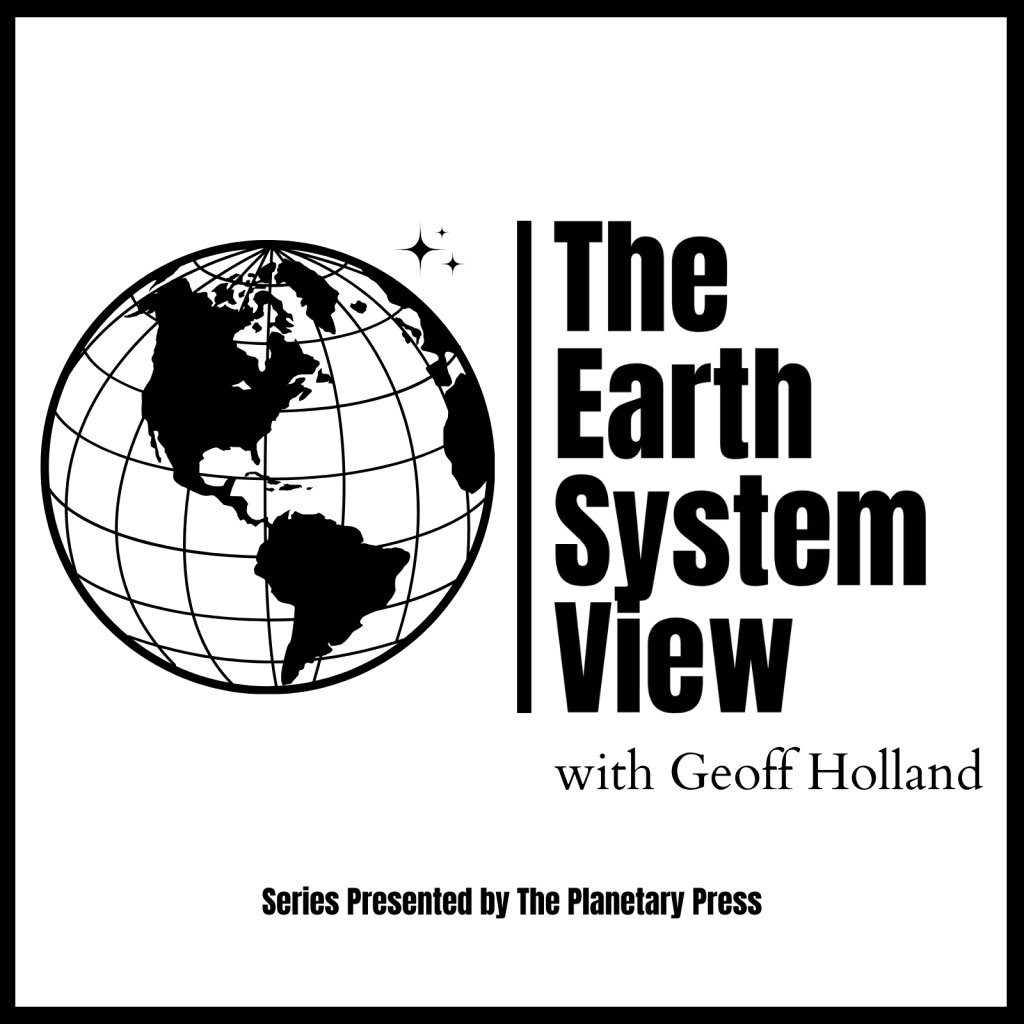
Hosted by author and veteran Stanford MAHB journalist Geoff Holland, The Earth System View explores the progressive idea of an Earth System Treaty as a solution to our planetary challenges.







